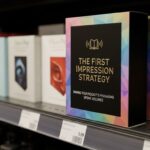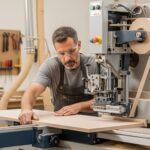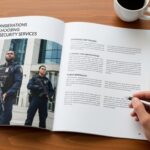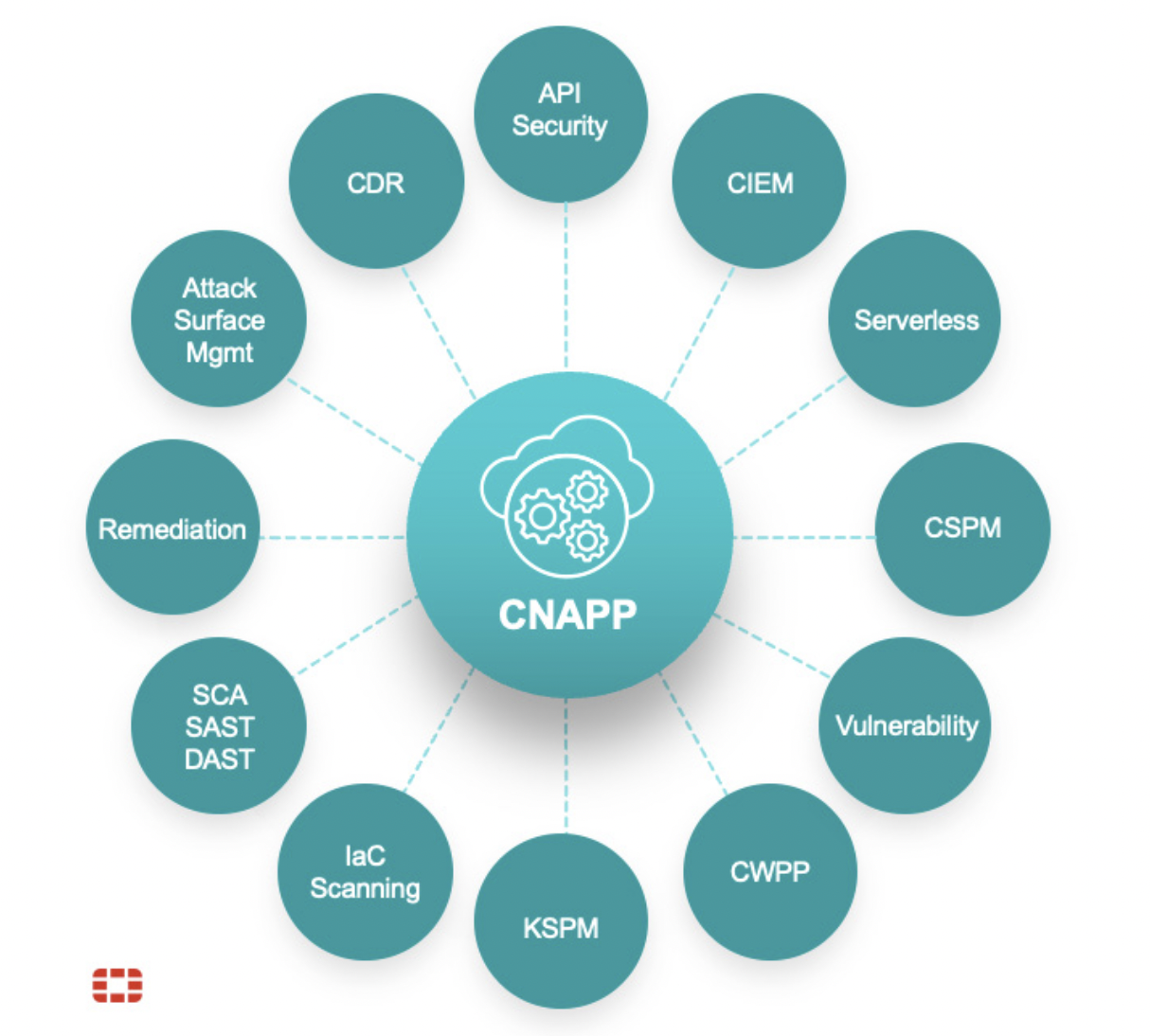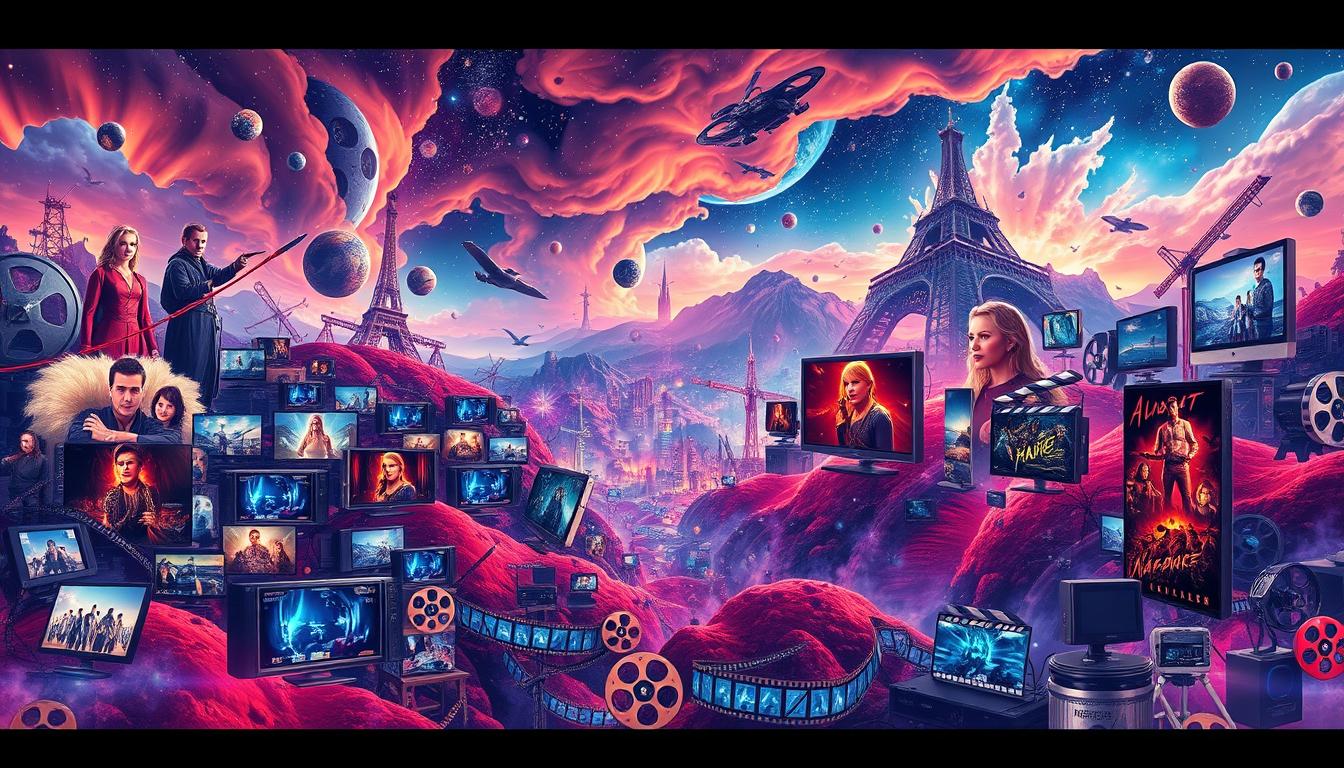What is your background in music, and what led you to combining it with performance and visual arts?
Early on I had the standard parent-enforced piano and guitar lessons, and since then I’ve taught myself a handful of other instruments, but I’m not accomplished in any of them. As a kid, where I really excelled was the music theory portion of lessons. I loved the romance of musical language and structures, reading music, and also mysterious things like music cryptograms. When I committed myself to having an art practice (when I turned 40), those music conventions pretty quickly found their way into the work I was making. One of the earliest pieces was Justintimberfont, an alternative alphabet structure based of the first 26 notes/chords of Justin Timberlake’s “Cry me a River” (the font lets the newly heart-broken write out their feelings in a secret sympathetic language).
That’s because it is so inspiring! I get excited thinking about what music the traffic on I-405 composes on a Monday morning compared to the middle of the night. Or the potential of a Sunday-Driver Scenic Road Suite and how that sounds next to the Suburban School Letting-Out Time Opus.
Traffic is a common denominator in the USA. It’s unlovely, but it’s a ritual that nearly everyone is part of, and there is something lovely about that. I’m training my brain to respond differently to traffic – to hear a bell set chime when a car pulls past me on the highway or a series of bass notes when I pass under an overpass.
When I am making a traffic score I spend so much time with the footage that I get to know it quite intimately. I know each vehicle that was on that stretch for those 30 minutes or whatever. Each vehicle is a valuable part of the composition. Those drivers don’t know that their quick trip to the grocery store or their running-late-dash into the office, is a note which without, the composition would be incomplete.
The fictional detective Dirk Gently (I’m a Douglas Adams fan) uses “the fundamental interconnectedness of all things” to solve mysteries. I see my work that way too, every action has a part in the whole. And while on the subject of Douglas Adams, I also love the way he gives/gave rich interior lives to mundane things like plant-pots or doors. I don’t give a traffic jam or clogged cloverleaf an inner life, but I do try to detect their hidden messages and sound out their patterns and potential.
Talk a bit about your process, how do you pick what freeways, places or objects to make music to? How do you go about setting up the structure of a music staff and assigning sound to animate objects?
In practical terms, having an elevated view of a thoroughfare is helpful. With road traffic I mostly use the format of treating the lanes as the horizontal lines on a musical staff, so I need to be able to look down at the lanes of traffic to see accurately which lane a car is traveling in, so I can play the right note for that vehicle. If I’m on the same plane as the road I can’t see what the traffic is composing.
Old highways that have been by-passed are a good shortcut to finding excellent overlooks; for example, Old Highway 99 runs parallel to the Interstate 5 in southern Oregon and gives you great views looking down onto the 5, and the Historic Columbia River Highway runs parallel to I-84 and does the same thing. I’ll use different scoring systems for foot traffic, it just depends on the scene I’m scoring. The sounds could be triggered by pedestrians as they cross cracks in the sidewalk or pass by a street light or walk through a shadow.
Assigning sounds will often come down to wordplay. I may restrict myself to using an instrument or sound only if the name seems apropos – for example the Rhodes piano is always suitable for my work, but all the different names that synth plug-ins have also present great possibilities.
I used a synth plug-in called “circuit dialogue” for a piece that scored students walking to and from classes at the University of Washington, and a synth setting called “cloud break” for a piece scored by shadows. The tempo is set by the traffic speed, but doesn’t really correspond with our expectations (apart from pedestrians who usually move andante, i.e. walking pace).
Moderate amounts of traffic cruising along freely at 50 to 60 miles an hour will produce a piece that would be described as largo (very slow), the heavier the moving traffic flow the faster the tempo.
I don’t know about the how or why music brings up strong emotional responses, but the important thing is that it does. It’s important that I can experience joy just by flipping a record, or equally important that I can feel distraught when listening to a particularly bleak piece. Our range of emotions has the ability to be so wide but is often squashed down to a narrow band in the middle like the emotional safety zone. Music takes us out of the middle ground and reconnects us with the potential of our bandwidth.
Empty lots getting filled with either condos or campsites, and not much in between. Dispensaries of Portland for Guitar is formed by marijuana dispensary locations becoming the notes on the tablature, I made a version in 2014 and a version in 2016; unsurprisingly the score from 2014 has a lot less notes, and is therefore easier to play than 2016 piece. I live on NE Sandy Boulevard which has often been referred to as “the worst road in Portland” but now it has a new pet-name of “Portland’s Green Mile”. The proliferation of green cross signs is pretty astonishing. In the UK the “Green Cross Code” is something totally different — it’s a code for getting kids to cross the road safely using the mantra “stop, look, listen, think”.Have you seen attitudes of people, or the kinds of people change along with the landscape?
I’m a relative newcomer to Portland (7 years here), so that doesn’t seem long enough to know if what I see are changes, or just me getting to know more people outside my immediate circle. I joined that social media app “Nextdoor.com” and that certainly made me aware of attitudes in the neighborhood that I’d previously been ignorant of…
Have you felt that your work has changed direction or gotten more politically charged/engaged since the election last year?
I am more conscious of how privileged I am to be making art and how important it is to be making art. My work is about being aware of what is around us and seeing what happens when we focus on the everyday understory. It’s important to “Stop, Look, Listen, Think”. That Green Cross Code slogan got me safely across the road as a child and is now helping me navigate this world as an artist. A friend of mine says that this turbulent, ugly time is the last gasping shudders of the dying patriarchal era. I hope that’s true and that we are on the brink of a new enlightenment, but in the meantime we must not be lazy.
Do you think your work speaks to the interconnectedness of all things or more to there being beauty in the mundane?
Maybe there is beauty in the mundane because it helps us see the interconnectedness of all things? Last year I did a performance of a real-time traffic score, it was a piano duet (47° 39′ 23″ N, 122° 18′ 44″ W for Piano). My duet partner and I had a piano on a walkway 30ft above a city street. Below us, at ground level, a seated audience sat a few feet from the road. The scoring mechanism was that we would play certain assigned piano notes as the vehicles and pedestrians passed a certain trigger point.
For one thing, I grew up in Britain, so my unconscious mind is not fully attuned to the land/cityscapes of the USA. My eye doesn’t pass over road signage, or trucks, or advertisements on autopilot and there is a slight unfamiliar feeling to everything around me. I’ve been in the USA for 15 years now, so this sensitivity is dulling but the habit of not taking the familiar for granted has become central to my work. Also, after spending 20 years raising 3 kids, I found that finding magic in the mundane is liberating, it turns the daily grind into opportunities to be amazed. Lastly, the common-place is common ground, roads and sidewalks are common ground, and I think it’s important to explore that.





